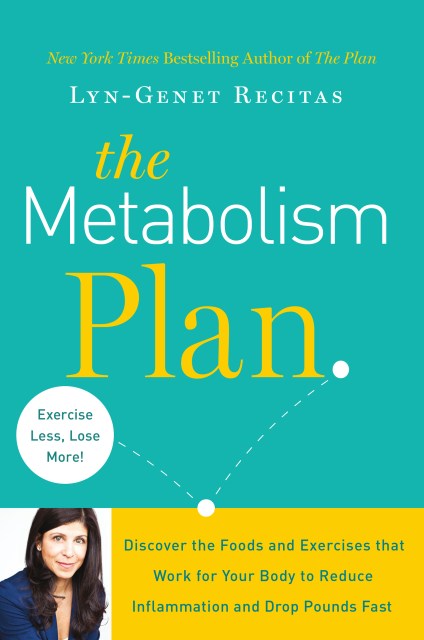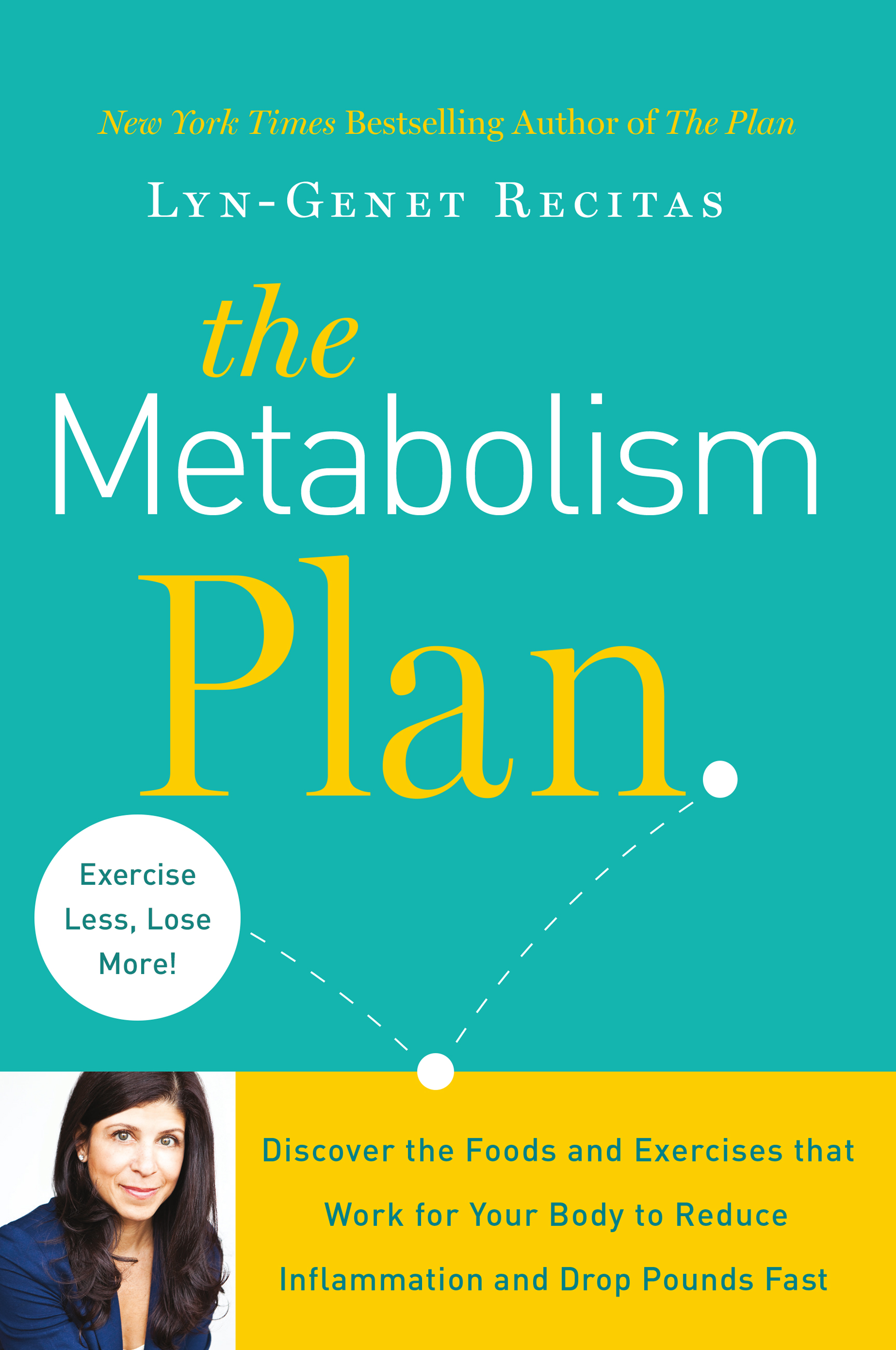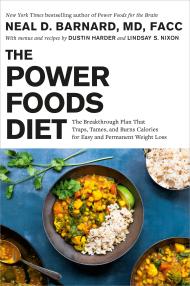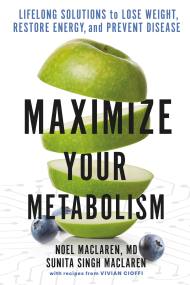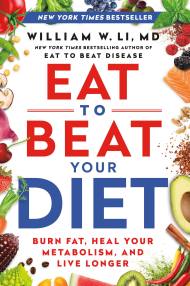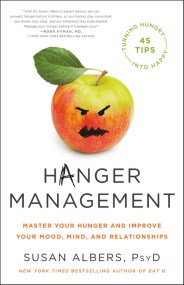Promotion
Use code FALL24 for 20% off sitewide!
The Metabolism Plan
Discover the Foods and Exercises that Work for Your Body to Reduce Inflammation and Drop Pounds Fast
Contributors
Formats and Prices
Price
$11.99Price
$14.99 CADFormat
Format:
- ebook $11.99 $14.99 CAD
- Hardcover $37.00 $47.00 CAD
- Audiobook Download (Unabridged) $27.99
- Trade Paperback $19.99 $25.99 CAD
This item is a preorder. Your payment method will be charged immediately, and the product is expected to ship on or around January 17, 2017. This date is subject to change due to shipping delays beyond our control.
Also available from:
The Plan — the instant New York Times and USA Today bestseller that helped readers pinpoint which “healthy” foods were making them gain weight — has helped hundreds of thousands of readers slim down.
Now nutritionist Lyn-Genet Recitas shares her groundbreaking new 30-day program that helps readers create a customized diet and exercise plan to boost their metabolism and burn more fat. Readers will discover: why exercising less — as little as 12 minutes, 3 times a week! — can help them lose more weight; why “healthy” foods like oatmeal and salmon may be packing on the pounds, but French fries may not; and how to optimize their thyroid function. Featuring all-new recipes and backed by science, The Metabolism Plan is primed to revolutionize the diet shelf and help readers shed weight for good.
- On Sale
- Jan 17, 2017
- Page Count
- 288 pages
- Publisher
- Grand Central Life & Style
- ISBN-13
- 9781455535460
Newsletter Signup
By clicking ‘Sign Up,’ I acknowledge that I have read and agree to Hachette Book Group’s Privacy Policy and Terms of Use
